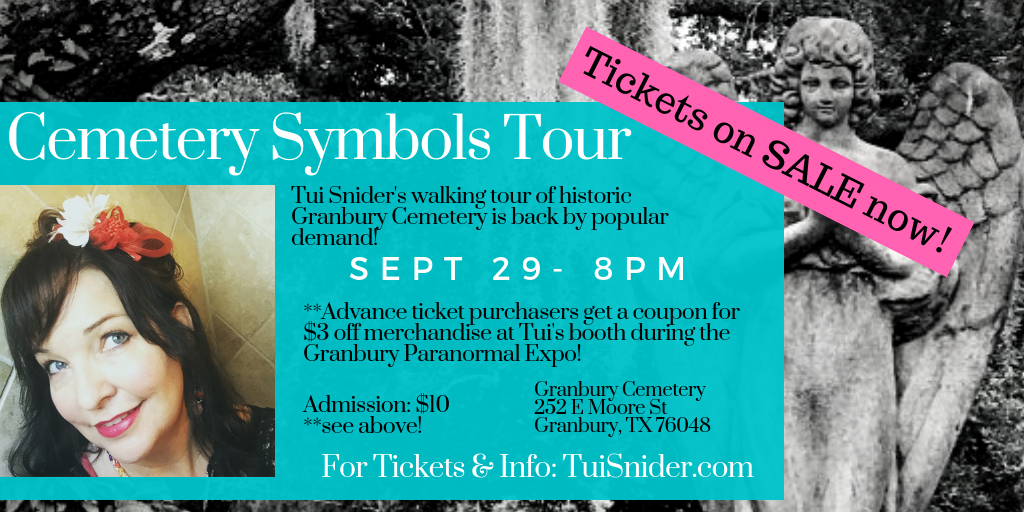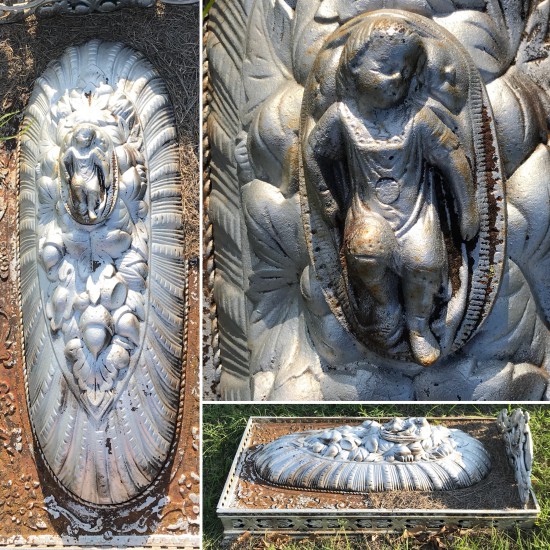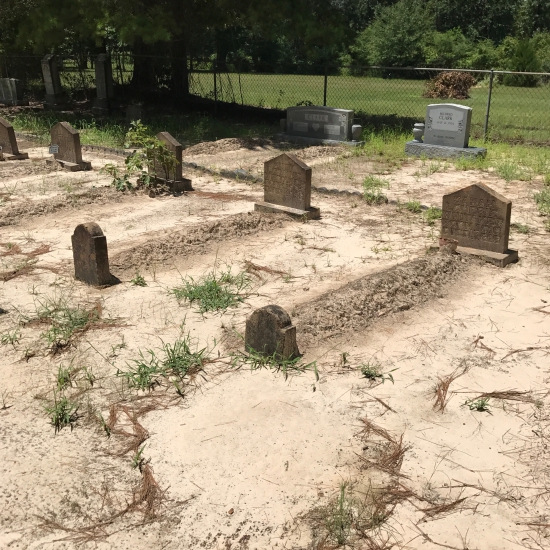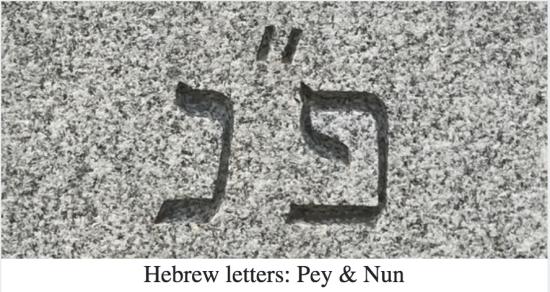April A to Z Challenge 2020: It’s that time of year! Every April, bloggers around the world make posts for each letter of the alphabet. It’s a lot of fun and a great way to make friend online. Here’s my post for today: [The following is an adapted from my book, Understanding Cemetery Symbols. I hope you enjoy it! Also, full disclosure: that’s an Amazon affiliate link. If you buy stuff after clicking it, I make a few pennies at no additional cost to you.] What do Anchors Symbolize in Cemeteries? While anchors sometimes appear on the graves of sailors,…
Category: A to Z Challenge
Cemetery Tour: back by popular demand! How would you like to explore a historic cemetery in Granbury, Texas with author, Tui Snider, as your guide? Tui (that’s me!) will explain the meanings behind the architecture and symbols found in this fascinating burial ground. Last year’s cemetery tour was so much fun and so many people have asked about it, that I decided to do it again! The cemetery tour is fun to do after the speakers and booths close up for the night (8pm, Saturday, Sept 29th, 2018) during the fabulous Granbury Paranormal Expo. However:While the tour is family-friendly, it’s probably not suitable for children under the age of 12. It’s your call!…
Cast iron grave covering – not mere decoration The photo below shows a child’s grave with a cast iron covering. This type of cast iron grave covering was patented in 1873 by Joseph R. Abrams, and there’s a lot more to it than mere decoration! It was intended to be better than simply mounding dirt at a gravesite. Invented by J.R. Abrams in 1873 As J.R. Abrams explains in his patent: “By this construction the sinking of the loose earth in the grave has no effect upon the superposed and hardened artificial mound formed by the cement.” Click here to read…
Understanding Cemetery Symbols by Tui Snider [The following is an adapted excerpt from my book, Understanding Cemetery Symbols. I hope you enjoy it! Also, full disclosure: that’s an Amazon affiliate link. If you buy my book after clicking it, I make a few pennies at no additional cost to you.] Lotus flower: an Ancient Egyptian symbol The lotus flower, also known as the water lily, is an important ancient Egyptian symbol.Since the lotus blooms during the day but closes at night, it symbolized the cycle of life and death. Egyptian columns are often topped with a lotus leaf, as you can…
Understanding Cemetery Symbols by Tui Snider [The following is an adapted excerpt from my book, Understanding Cemetery Symbols. I hope you enjoy it! Also, full disclosure: that’s an Amazon affiliate link. If you buy my book after clicking it, I make a few pennies at no additional cost to you.] Scraped Graveyards used to be common Lush green lawns are such a common feature of today’s burial grounds that if you could travel back in time to the 1800’s for a graveyard tour through the rural South, you might be in for a shock. Back then, many graveyards were kept free of…
Understanding Cemetery Symbols by Tui Snider [The following is an adapted excerpt from my book, Understanding Cemetery Symbols. I hope you enjoy it! Also, full disclosure: that’s an Amazon affiliate link. If you buy my book after clicking it, I make a few pennies at no additional cost to you.] What does RIP stand for? In Christian cemeteries, it’s fairly common to see the acronym “RIP” on headstones. Although we tend to think of that as meaning “rest in peace,” it actually stands for “requiescat in pace.” Since that is Latin for “may h/she rest in peace,” it all works out! Do Jewish headstones…





